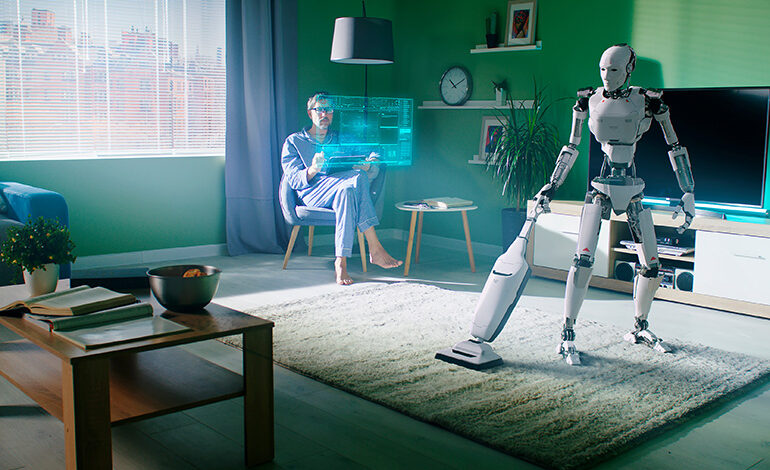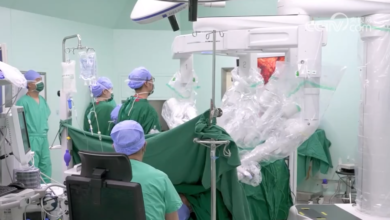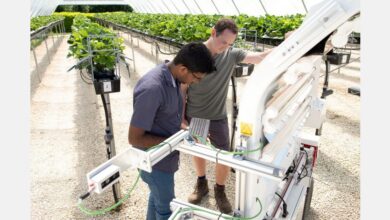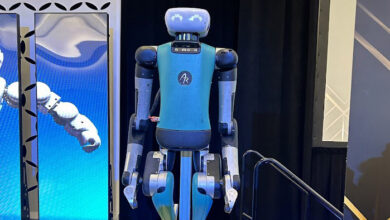To make household robots widely available, it’s about actuators, not AI

|
Listen to this article |
Everyone wants universal household robots. For widespread adoption, they are going to have to have a price point that allows monthly financing or lease payments that are roughly similar to a car, suggesting that manufacturers will need to retail units in the neighborhood of $40,000 to get widescale uptake.
Most humanoid robots in development are initially intended for industrial settings such as warehouses, but a few are being marketed as being more affordable. They are still currently limited in capability and availability. The latest artificial intelligence is also just beginning to be applied to service robots.
If designed properly, household robots could be durable enough to carry a residual value, creating a secondary market for used equipment, to allow monthly payments that could be affordable for the majority of households.
To achieve this, the machine makers are going to have to stop thinking like NASA, and rethink things like titanium and carbon fiber. Commodity plastic resins, utility grade aluminum alloys, and, critically, affordable batteries will be the way forward for household robots.
 About the author
About the author
James Anderton is director of content at Engineering.com. He has worked there for 10 years, and prior to that, he was an editor at Canadian Networking Magazine. Anderton went to Boston University and lives in the Toronto area.
This article was syndicated from The Robot Report’s sibling site Engineering.com.



